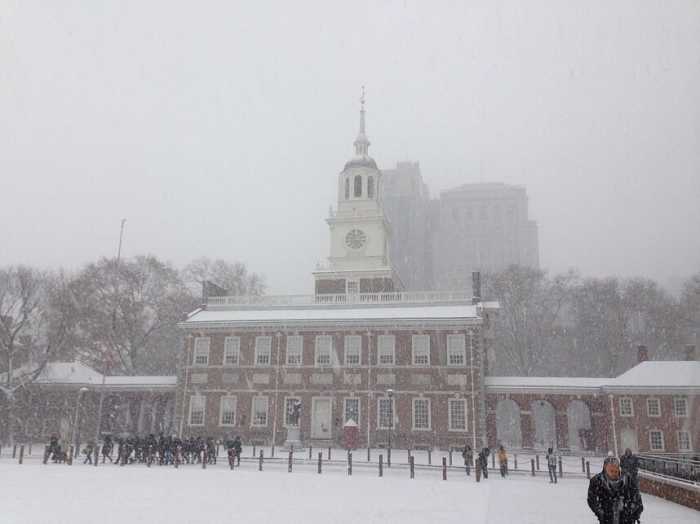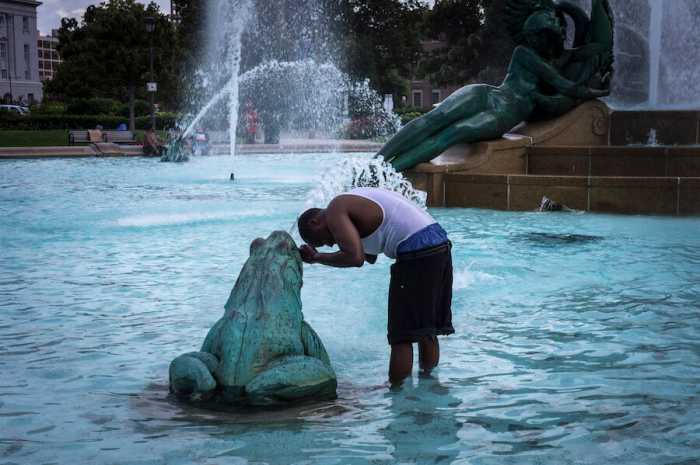Many have heard “turn around, don’t drown,” a National Weather Service slogan aimed at encouraging drivers not to proceed onto flooded roads.
But that advice would not have helped the seven people swept away in flash flooding July 15 in Upper Makefield, according to Bucks County officials, who said fast-moving water from Houghs Creek quickly engulfed their cars.
The township’s fire chief, Tim Brewer, made it clear that first responders believe that none of the victims drove onto Washington Crossing Road, also known as State Route 532, after the road was flooded.
Rescuers found the bodies of six people, and, despite a massive operation, 9-month Conrad Sheils remains missing. Last week, authorities ended the active search.
The Federal Emergency Management Agency recommends that people remain inside their vehicles in rapidly-moving flood waters. If the water begins rising inside the car, those inside should climb to the roof and signal for help, according to the agency.
If a car stalls in calmer flood waters, drivers and passengers should abandon it and attempt to get to higher ground, the FEMA guidance says.
Six inches of fast-moving water can be dangerous for an adult, and a foot can carry away most cars, according to the National Weather Service. Even a SUV or a truck can be swept away in two feet of rapid water.
Emergency management agencies ask residents to pay attention to flood watches and warnings. A watch means flooding is possible, while a warning signals that flooding is actively occurring.
Urban areas are more prone to treacherous flash floods – which can emerge in the minutes and hours after a severe storm – because a higher proportion of land is paved, according to the NWS.
And experts believe strong rains will continue to become more commonplace as a result of climate change, since a warmer atmosphere contains more moisture.

































